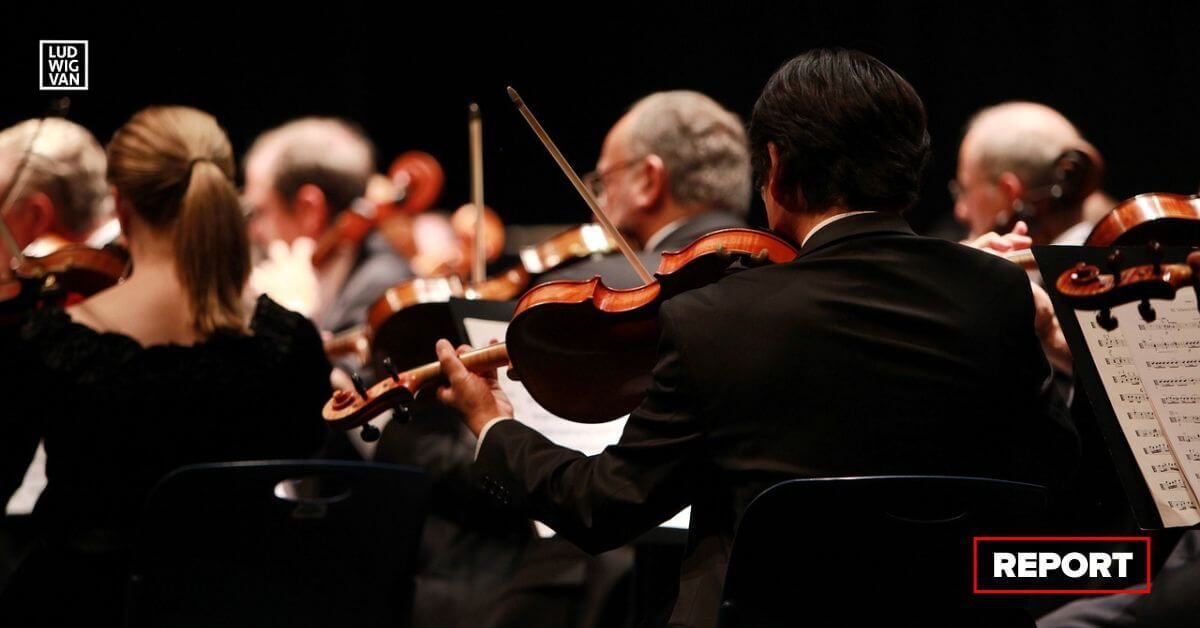
Live music creates a stronger emotional response than recorded music — it’s something many music lovers would say intuitively. Science is catching up, with a new study that was recently published in the Proceedings of the National Academy of Sciences (PNAS).
Researchers at the Department of Psychology of the University of Zurich looked at previous studies which had used music to map the areas of the brain that process auditory emotions. Those studies, however, had largely used recorded music to look at the paths of neural processing.
The Swiss researchers, however, felt that live music would provoke a much stronger emotional connection, one that creates a dynamic relationship between performers and audiences. They also found that live music produced results that couldn’t entirely be explained by existing models of neural behaviours related to music and emotions.
Unlike recorded music, the study’s authors point out, live music can adapt to the audience and other conditions.
The Study
The researchers used a closed-loop neurofeedback setup to measure listener’s responses to a live concert.
- Brain activity was measured using functional MRI;
- The activity of the audience members’ amydala was displayed to the musicians as they performed;
- The musicians played piano music — first, a pleasant sounding selection, then one deemed unpleasant.
The amygdala neurofeedback was quite different from live music as compared to recorded music.
- Live music produced much higher and more consistent activity, especially in the amygdala;
- Higher levels of activity were observed in the neural networks that process emotions;
- While the specific reactions were slightly different, they were just as strong to both the pleasant and unpleasant sounding music.
Listening to live music seems to produce a neural network of its own, one with the amygdala at its heart, and which influences other brain activity.
At that, the music they experienced was quite simple, as performed by two professional pianists. They played 12 pieces of about 30 seconds each, composed around four different themes. The variations included changes in articulation, the density of notes played, and changes in volume or sound quality.
What is the amygdala, and why is it so important?
The amygdala is a small structure inside the brain, almond shaped, and situated just underneath the larger structure called the uncus near the base of the brain. While small, it’s quite complex, and communicates with the rest of the brain via an intricate set of nuclear connections.
It manages the processing of information that comes from other parts of the brain, and while much remains to be discovered, it is believed to be responsible for, among other things, the ability to judge someone else’s emotions based on their behaviours, the way they look at you, the way they move. It helps you smooth over interactions with other people.
It’s also believed to regulate emotions like anxiety and fear, aggression, emotional memories, and more. The amygdala is also involved in how we deal with stress and stimuli that generate fear.
It’s part of our body’s danger detection systems, something that goes far back in our evolutionary history. In modern humans, it plays a role in emotional control, learning, emotions related to parenting and caregiving, and other behaviours, as well as how you use your unconscious memory.
In view of its functions and capabilities, the amygdala has been found to be very sensitive to stimuli such as faces, sounds, and music in particular. Other studies have found a stronger reaction in the amygdala to pleasant and joyful music than music that generates fear.
It’s thought that the brain’s system of using emotional rewards and motivation, including producing euphoric states, is linked to the amygdala, among other brain structures. That’s where music comes into the picture.
Understanding more about how those processes work can help in the treatment and study of emotional disorders, and in music therapy.
And… give you one more excuse to splurge on concert tickets.
#LUDWIGVAN
Get the daily arts news straight to your inbox.
Sign up for the Ludwig van Daily — classical music and opera in five minutes or less HERE.
- PREVIEW | The Toronto Mendelssohn Choir Offers Old & New In 130th Anniversary Season - April 29, 2024
- INTERVIEW | Composer Ari Kinarthy And Director Jeff Lee Petry Talk About Ari’s Theme, Premiering At Hot Docs - April 26, 2024
- PREVIEW | Creators & Performers Natalya Gennadi And Kristine Dandavino Talk About Grandma’s Shawl - April 26, 2024



